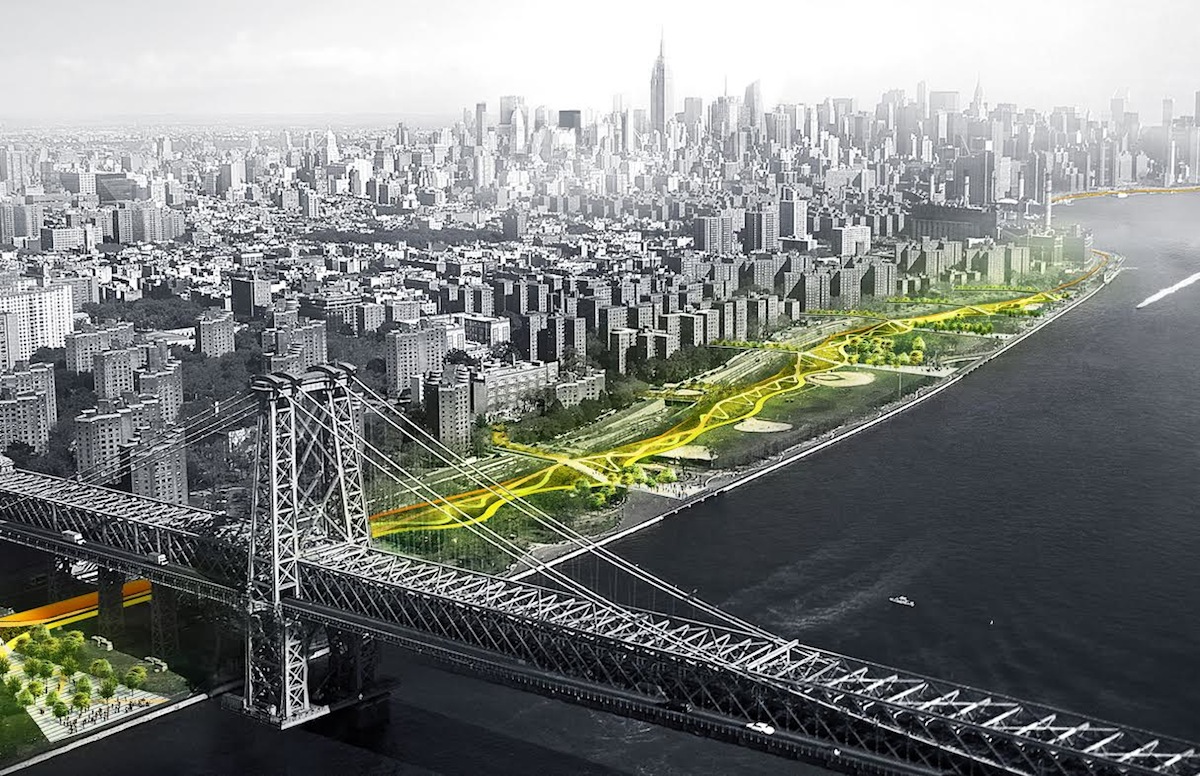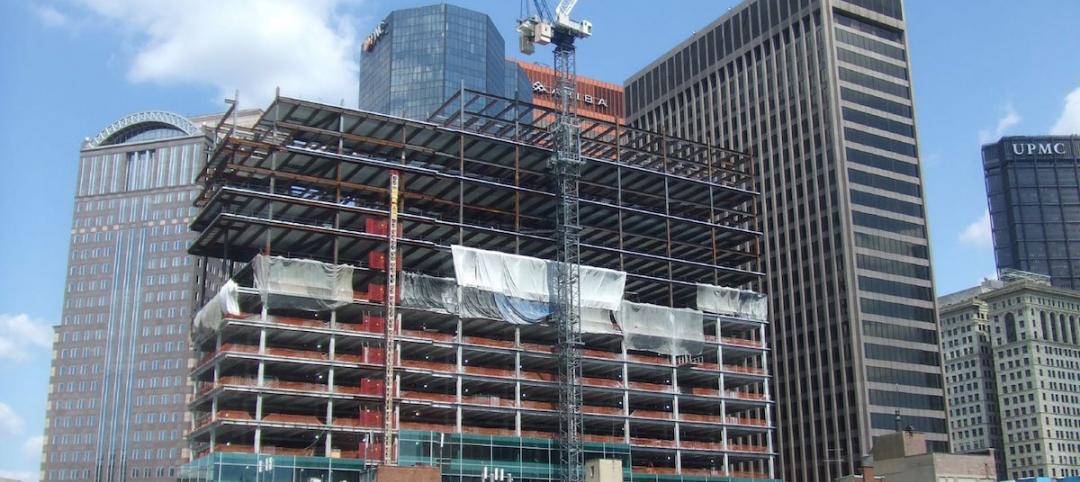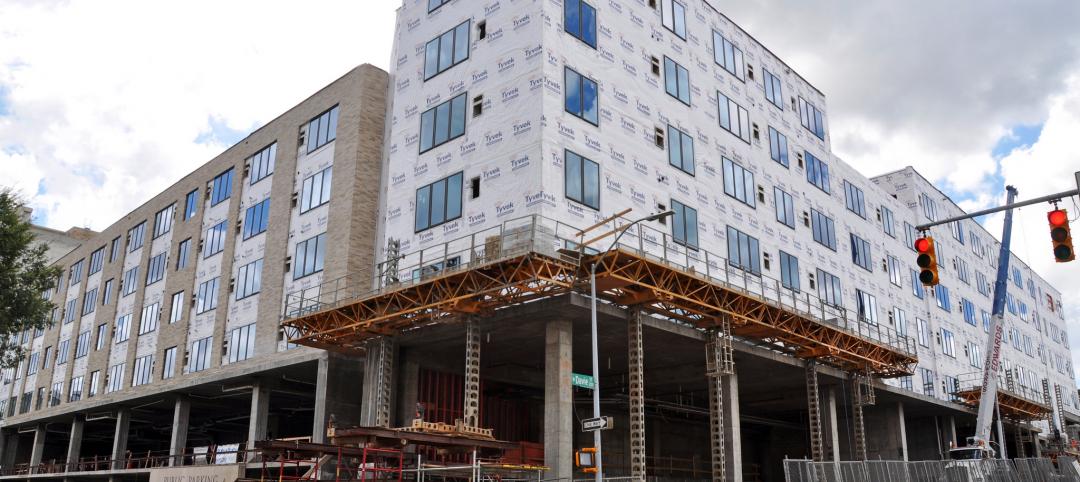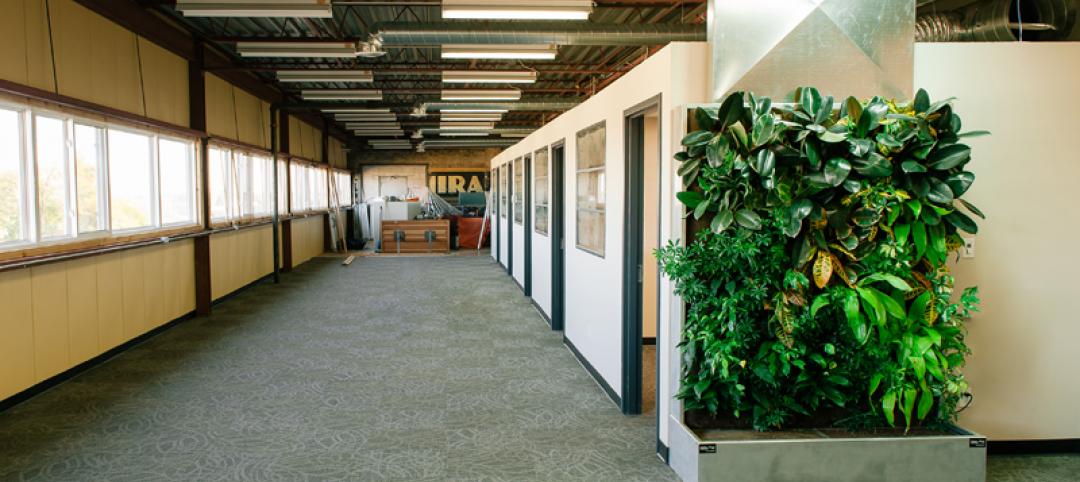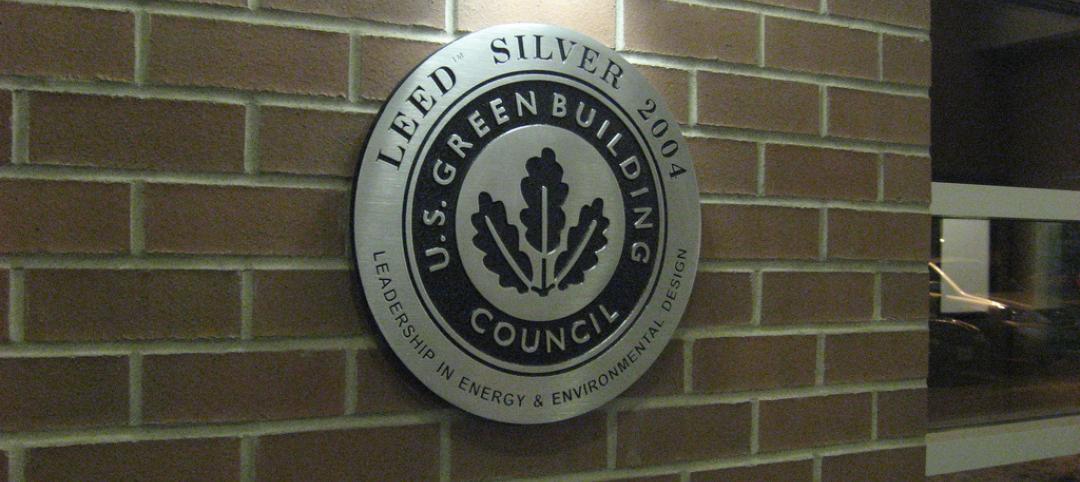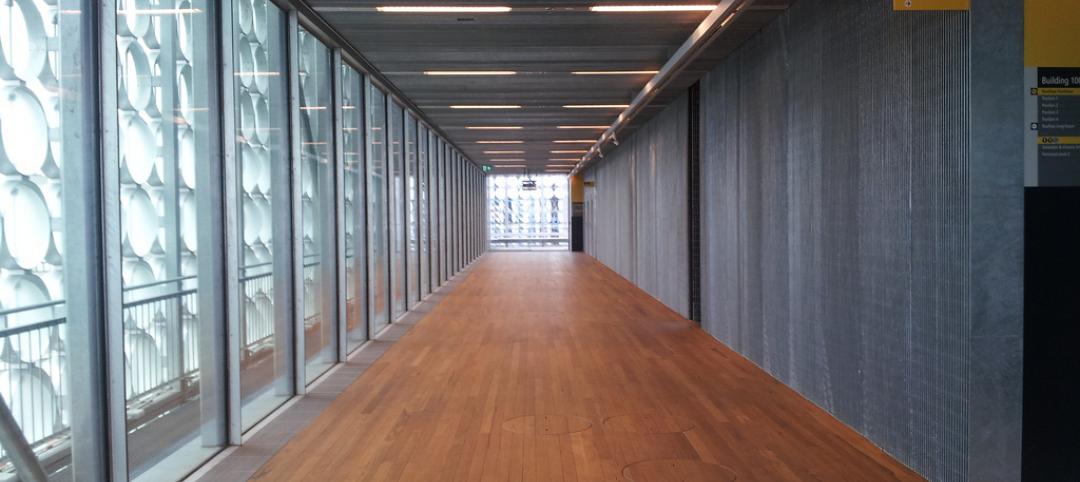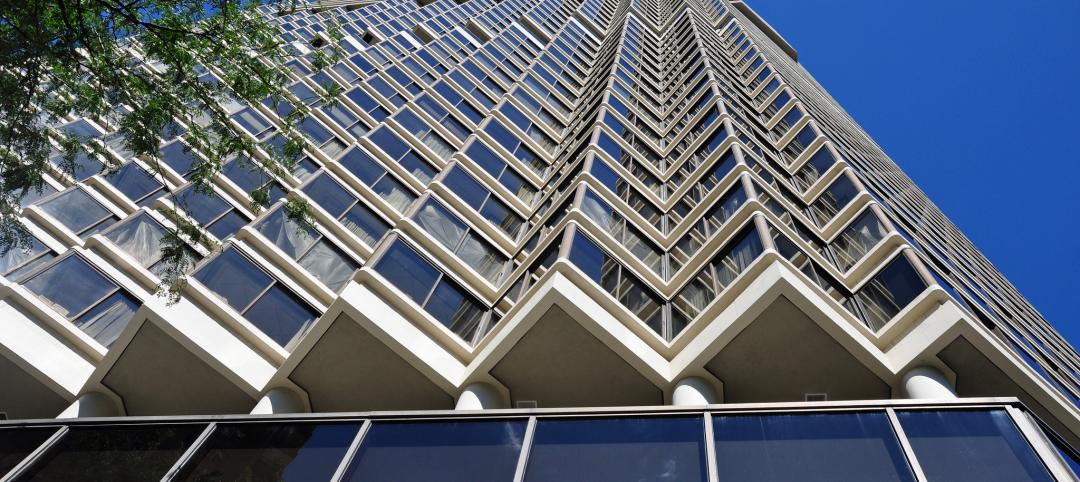The winners of the 4th Global Holcim Awards for Sustainable Construction have been decided—the trophies and $350,000 prize money go to projects in Colombia, Sri Lanka, and the U.S.
All three prizes recognize architectural interventions that deliver tangible benefits to local communities: Turning a decommissioned water reservoir into a park in Medellín, rebuilding social fabric through a community library in Ambepussa following Sri Lanka’s civil war, and creating public zones and flood-protection for the island of Manhattan.
Gold Award
Articulated Site: Water reservoir as a public park
Medellín, Colombia
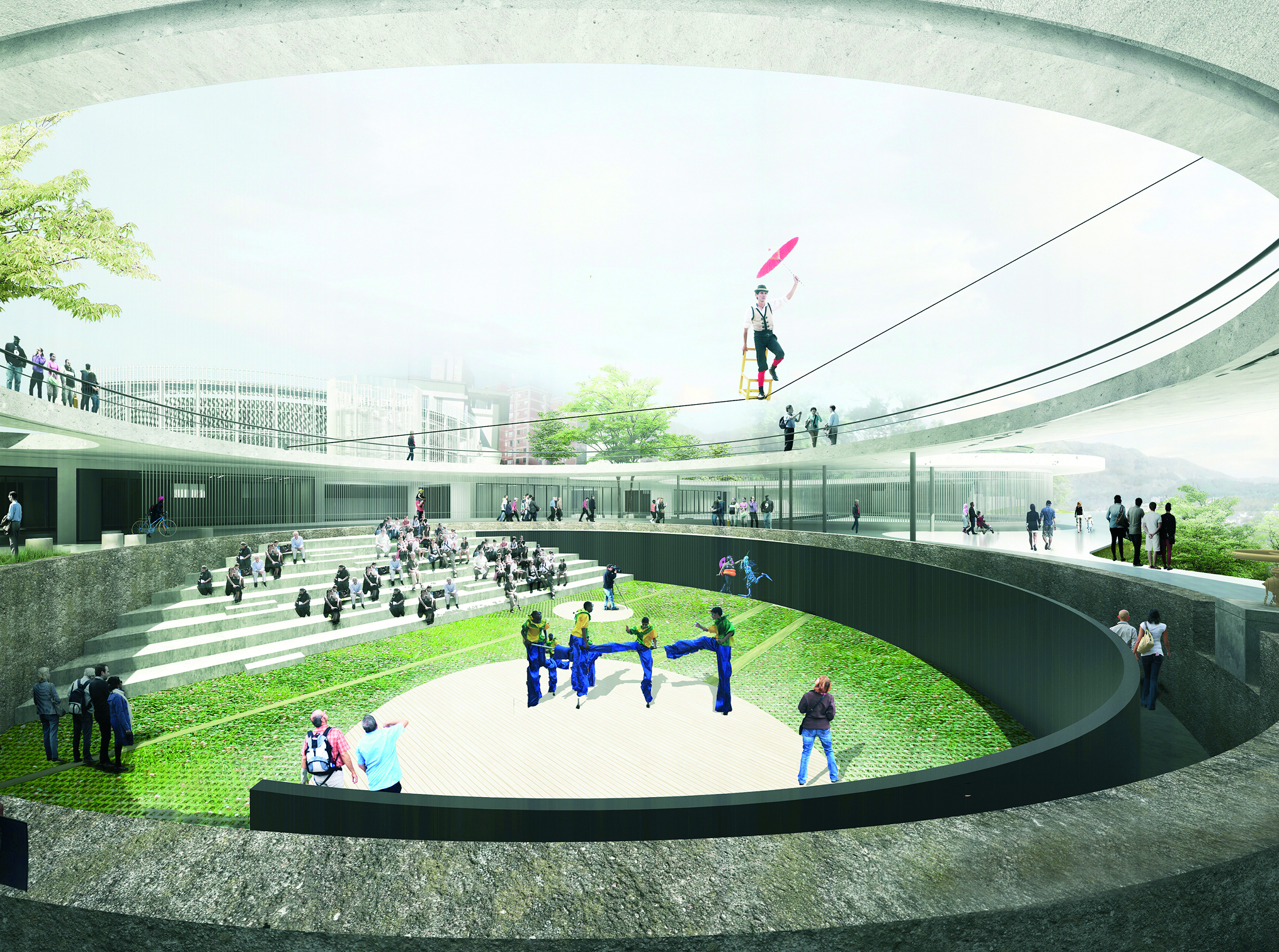
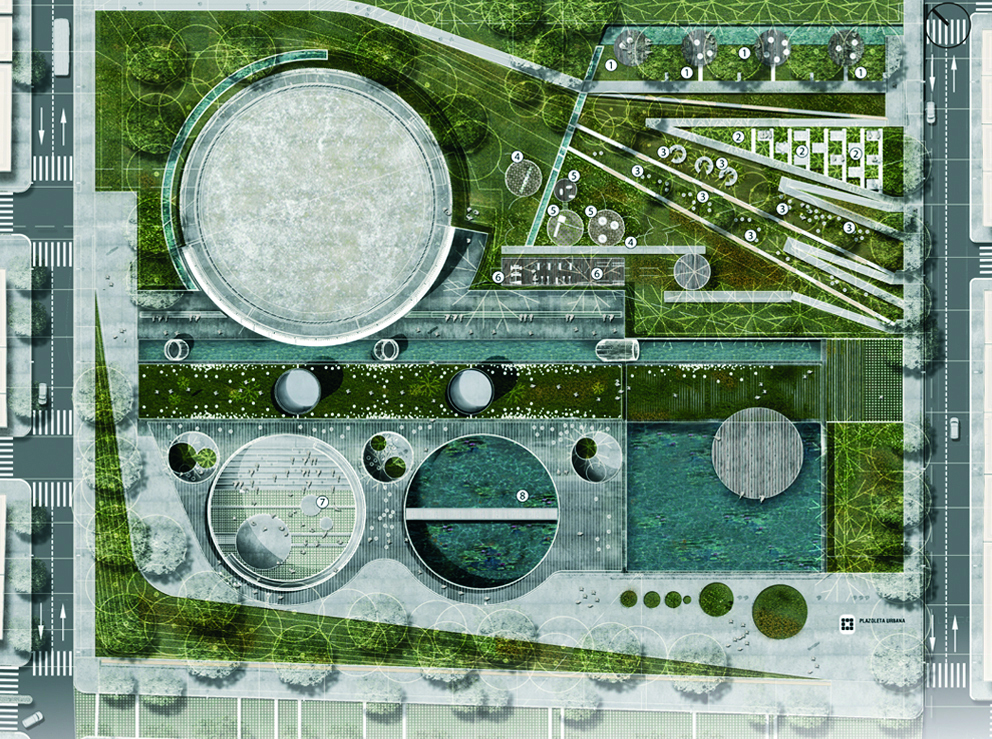
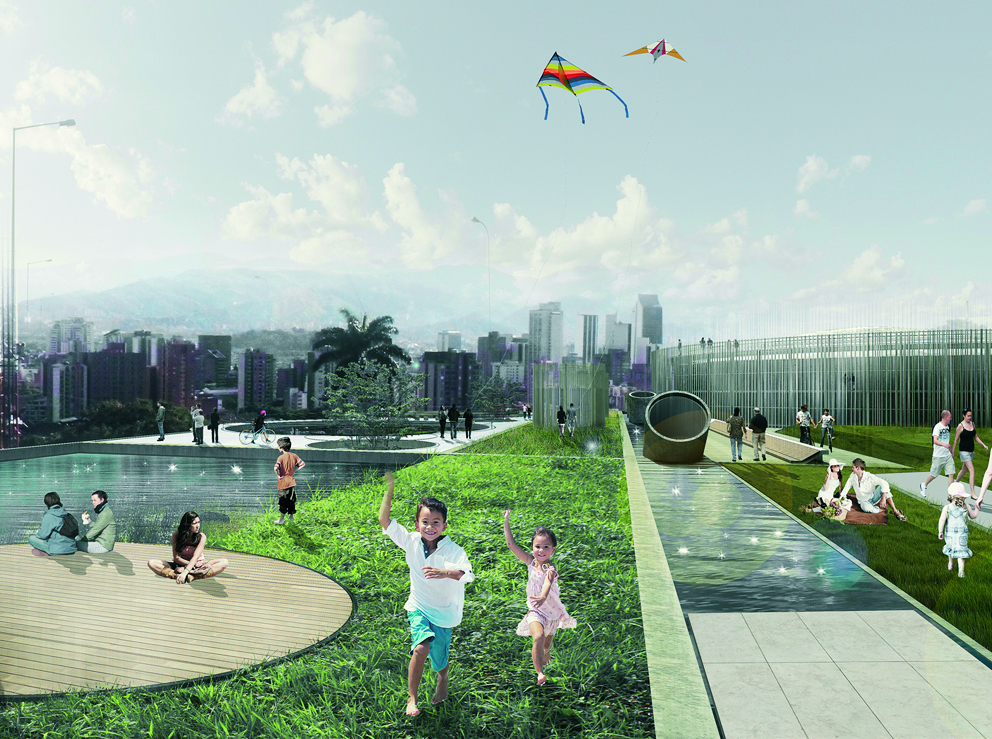
Silver Award
Post-War Collective: Community library and social recuperation
Colombo, Sri Lanka
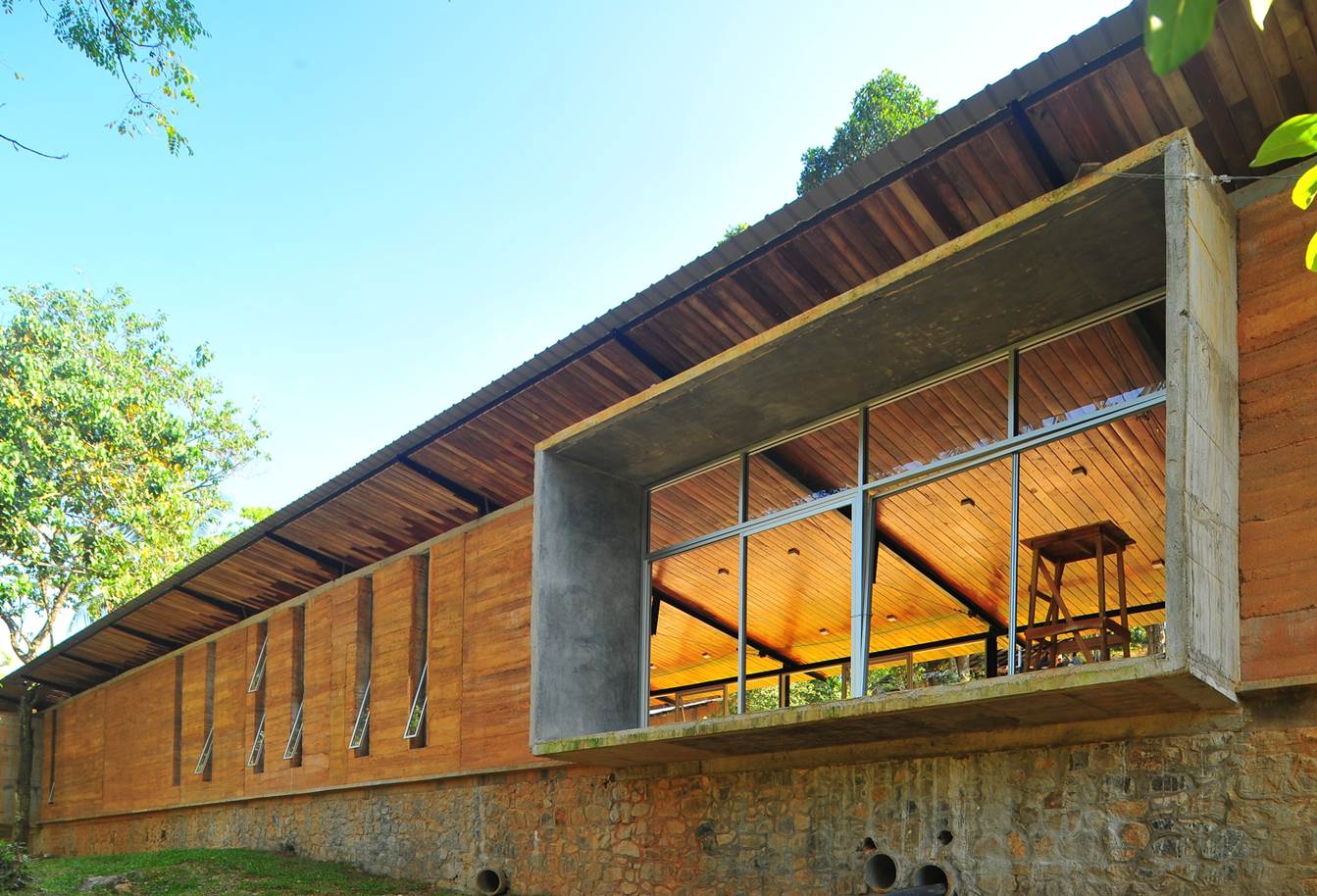
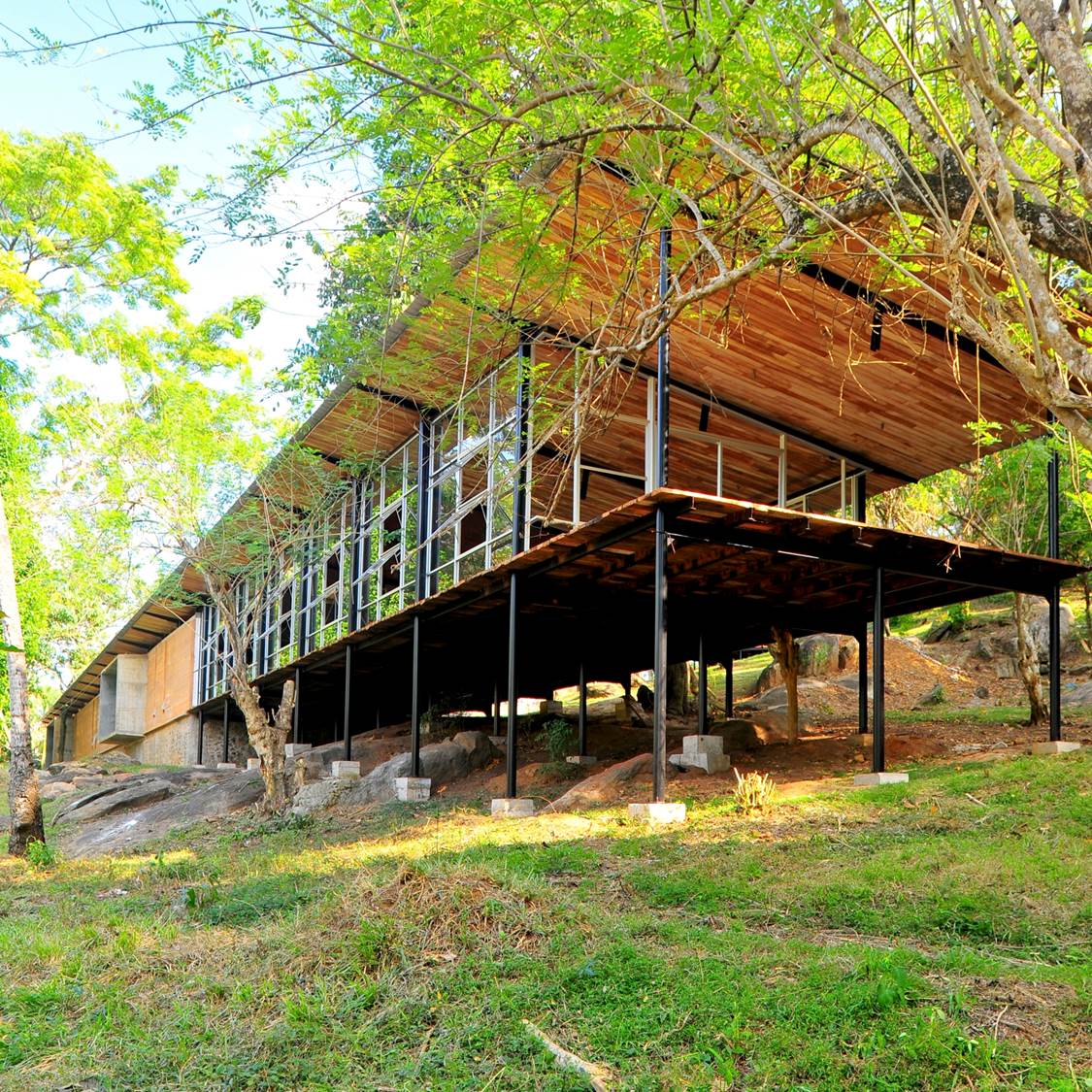
Bronze Award
The Dryline: Urban flood protection infrastructure
New York City, USA

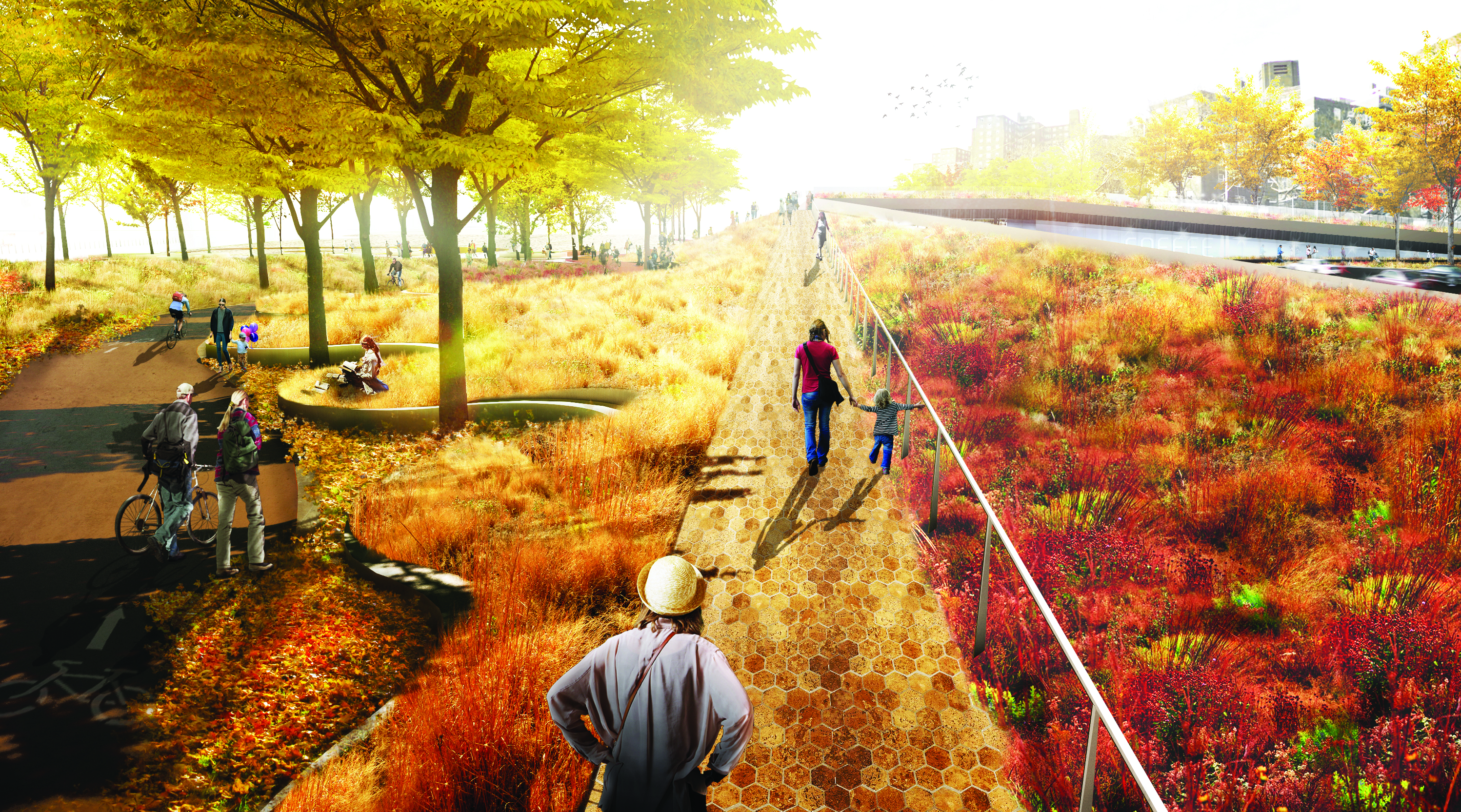

Related Stories
Green | Nov 30, 2015
Federal agencies aim for major reduction in greenhouse gas emissions
A 42% cut to come from buildings, vehicles, supply chain.
Green | Nov 29, 2015
Leadership or limbo: Moving to building green’s next level
After interviewing more than 50 AEC firms for our Greenbuild Report in the November issue, I wonder if the sustainability movement has hit a wall in the nonresidential construction sector.
Green | Nov 23, 2015
Top 10 green building products for 2016
A hybrid urinal, ventless dryer, and a chair made of mushroom roots are among the new green products to make BuildingGreen's annual list.
Green | Nov 23, 2015
Green construction doubling every three years
Clients and tenants increasingly value sustainability.
Green | Nov 23, 2015
Copenhagen designer offers assembly kit for a two-story hydroponic urban farm
Founders of Human Habitat believe their Impact Farm could grow up to six tons of produce per year.
Sponsored | Green | Nov 20, 2015
A century-old furniture factory gets a living wall biofilter for better air
During renovations, the team integrated the biofilter into the new HVAC system to provide clean air directly to the offices
Green | Nov 19, 2015
USGBC names 2016 board of directors and advisory council
New governance structure will have two leadership bodies.
BIM and Information Technology | Nov 18, 2015
AIA: Energy modeling key to reaching carbon neutrality in buildings
Energy modeling allows architects to be more ambitious with energy-saving in their design projects.
Green | Nov 18, 2015
Green Seal expands standard for paints, coatings, stains, and finishes
This new edition of GS-11 includes floor coatings, concrete and masonry sealers, and fire resistive coatings, in addition to the paints, primers, anti-corrosive coatings, and reflective coatings previously covered.
Green | Nov 17, 2015
DOE launches new data collaborative to help cities and states boost building efficiency
The SEED Standard will help manage, standardize, share performance data.


